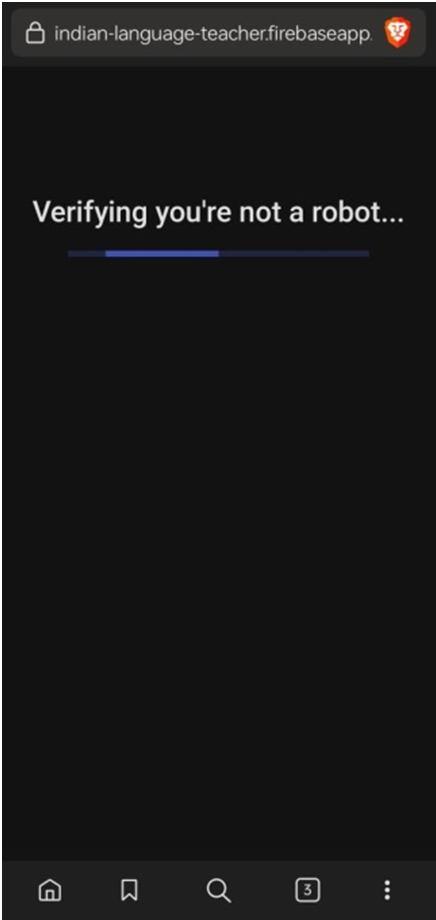
3 minute read
International Journal for Research in Applied Science & Engineering Technology (IJRASET)

ISSN: 2321-9653; IC Value: 45.98; SJ Impact Factor: 7.538
Advertisement
Volume 11 Issue IV Apr 2023- Available at www.ijraset.com
The exercises included in this lesson module are:
1) Sound IDENTIFICATION: Users are presented with a sound of a letter, word, or sentence, and they have to identify the correct sound from a set of options. This exercise helps users to develop their ability to recognize and distinguish between different sounds in the English language or a local language.
2) Select Letter from Sound: Users are presented with a sound and have to select the correct letter that corresponds to the sound This exercise helps users to improve their phonetic awareness and ability to recognize sounds and letters.
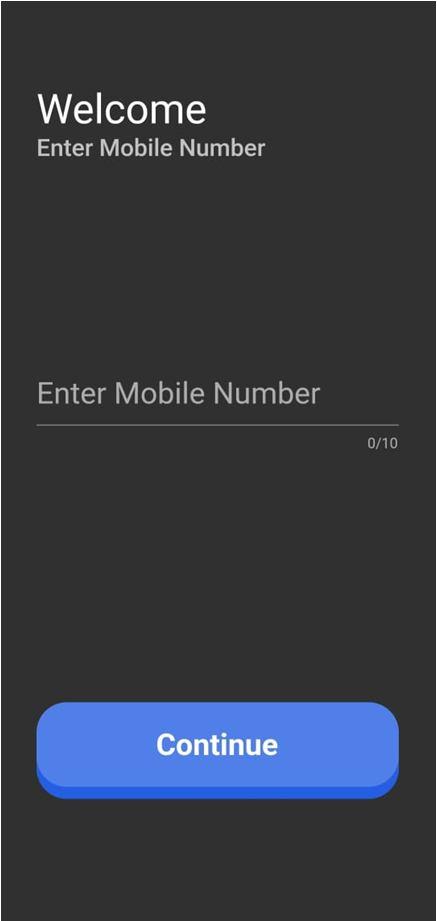
3) Select Word/Sentence from Sound: Users are presented with a sound and have to select the correct word or sentence that corresponds to the sound. This exercise helps users to improve their listening skills and ability to understand spoken words and sentences.
4) Select Local Word/Sentence from English: Users are presented with an English word or sentence and have to select the correct local word or sentence that corresponds to it. This exercise helps users to improve their vocabulary and ability to translate between languages.
5) Select English Word/Sentence from Local: Users are presented with a local word or sentence and have to select the correct English word or sentence that corresponds to it. This exercise helps users to improve their language comprehension and translation skills.
6) Match Local Word with English Word: Users are presented with a local word and an English word, and they have to match them correctly. This exercise helps users to improve their language comprehension and translation skills.
7) Select Correct English Word Sequence from Local Sentence Audio: Users are presented with an audio clip of a local sentence and have to select the correct sequence of English words that correspond to it. This exercise helps users to improve their listening and comprehension skills for both English and local languages.
8) Select Correct Local Word Sequence from English Sentence Audio: Users are presented with an audio clip of an English sentence and have to select the correct sequence of local words that correspond to it. This exercise helps users to improve their ability to understand and translate the spoken language.
Overall, this lesson module offers a comprehensive and engaging way for users to improve their listening and language skills in both English and a local language. It can be a valuable tool for language learners or anyone looking to improve their communication abilities in a multilingual setting.

V. RESULTS
International Journal for Research in Applied Science & Engineering Technology (IJRASET)
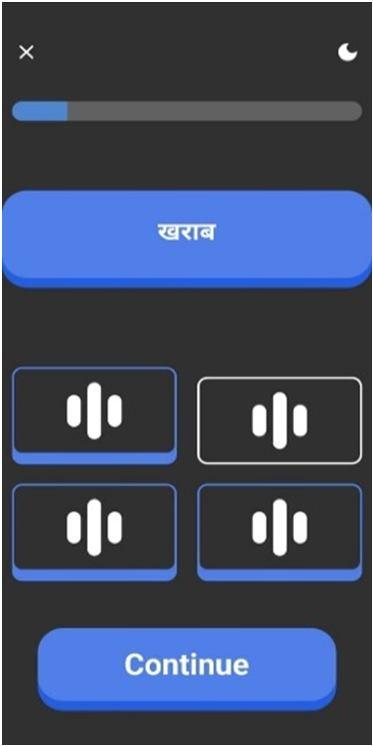
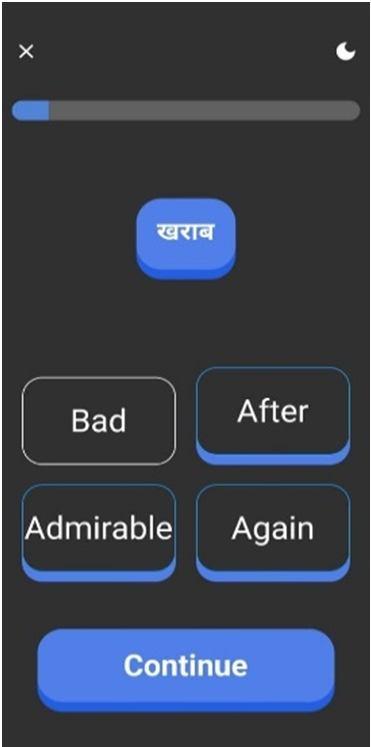
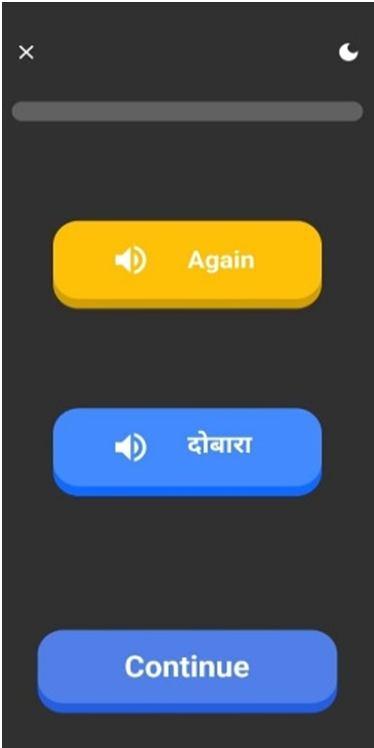
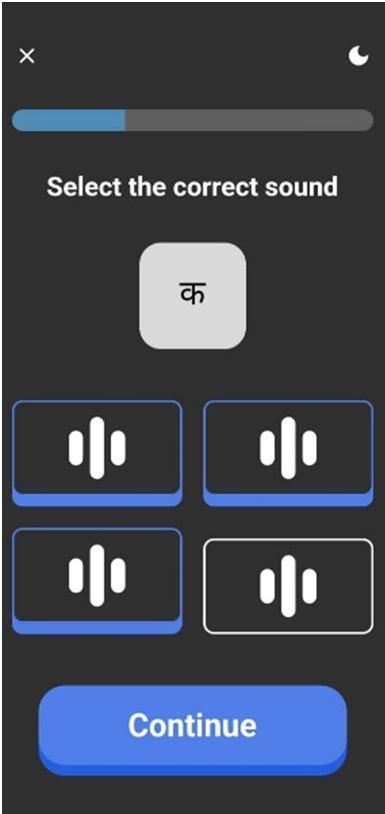
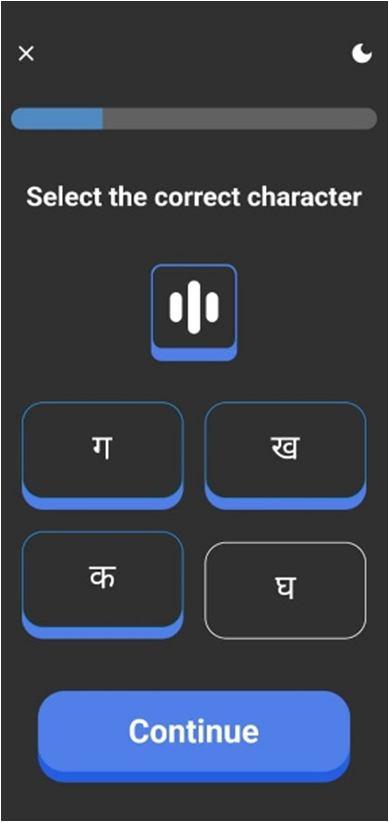
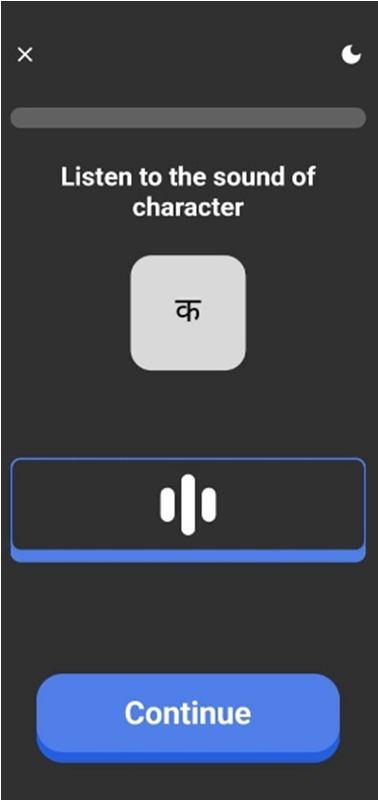

ISSN: 2321-9653; IC Value: 45.98; SJ Impact Factor: 7.538

Volume 11 Issue IV Apr 2023- Available at www.ijraset.com
International Journal for Research in Applied Science & Engineering Technology (IJRASET)
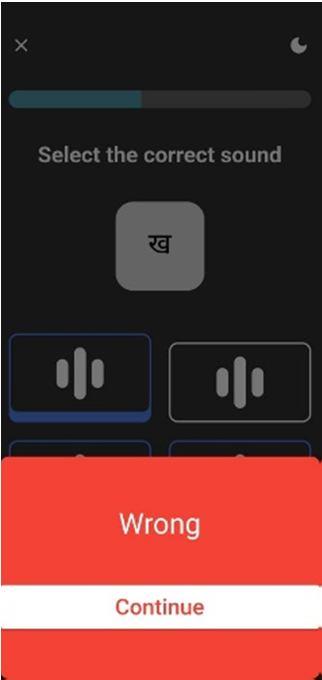
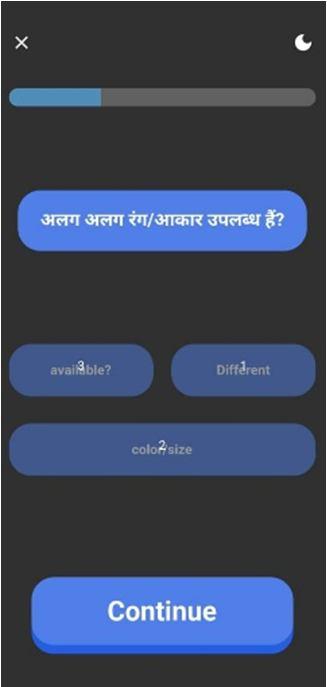
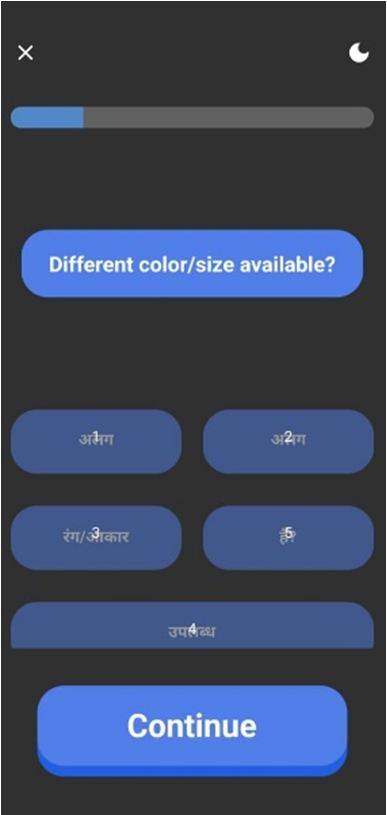
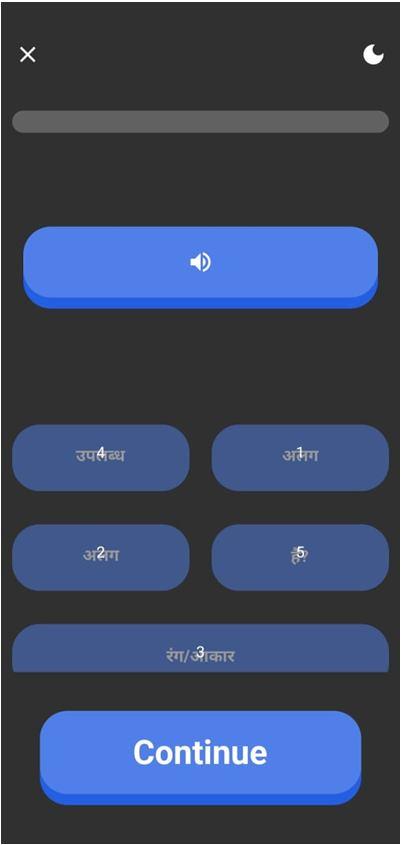
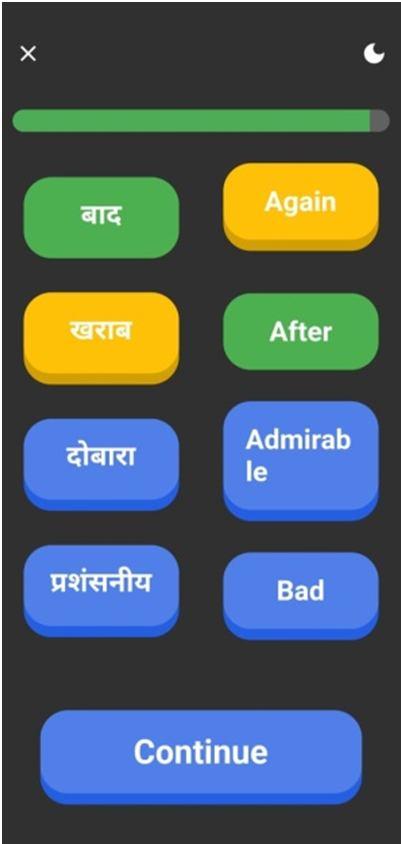
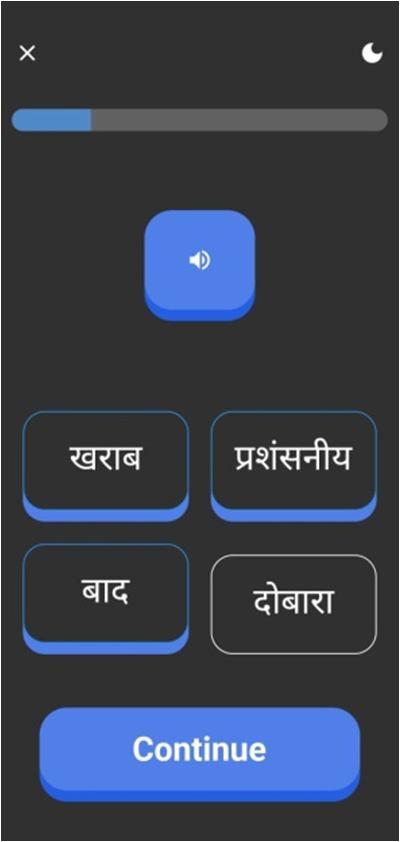

ISSN: 2321-9653; IC Value: 45.98; SJ Impact Factor: 7.538
Volume 11 Issue IV Apr 2023- Available at www.ijraset.com
ISSN: 2321-9653; IC Value: 45.98; SJ Impact Factor: 7.538

Volume 11 Issue IV Apr 2023- Available at www.ijraset.com
In conclusion, the Indian Language Teacher application is a valuable tool for language learners, offering a comprehensive and interactive approach to learning Indian languages. The application is designed to be user-friendly and accessible, allowing learners to progress through different levels of learning at their own pace. The various modes of learning included in the application, such as identifying characters, words, and sentences, provide a well-rounded approach to language learning.
The use of modern technology, such as the Django Rest Framework and SQLite database, enhances the application's functionality and usability. The incorporation of text-to-speech technology enables learners to improve their pronunciation and listening skills. Additionally, the gamification elements, such as maintaining a streak, make the learning experience more engaging and motivating. The literature review highlights the growing interest in mobile language learning applications and the potential benefits they offer. The research studies show that mobile language learning applications can be effective in improving language proficiency and increasing learner motivation. However, more research is needed to fully understand the impact of such applications on language learning outcomes.
Overall, the Indian Language Teacher application represents a valuable contribution to the field of mobile language learning. The application's comprehensive approach, user-friendly design, and incorporation of modern technology make it an effective tool for learners of Indian languages. With further development and refinement, the application has the potential to become a widely used and highly effective language-learning tool.
References
[1] "Mobile-Assisted Language Learning: A Literature Review" by Yu-Ju Lan and Fu-Kwun Wang
[2] "Language Learning and Teaching with Technology: A Systematic Review" by Thanh Mai and Thi Hanh Nguyen
[3] "The Use of Mobile Devices for Language Learning: An Empirical Study" by Zhenhui Rao and Michael C. M. Chan.
[4] "Mobile-Assisted Language Learning: A Review of the Recent Applications of Emerging Technologies" by Hsiu-Ting Hung and Chun-Ping Wu
[5] "A Review of Gamification in Language Learning" by Tsz Kin Tam and Chiu-Yin Wong.
[6] "Interactive and Adaptive Educational Application for Learning Hindi Alphabets" by N. Singh, P. Singh, and N. Soni (2020).

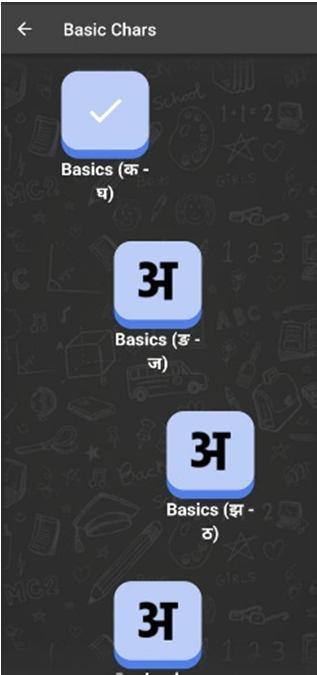
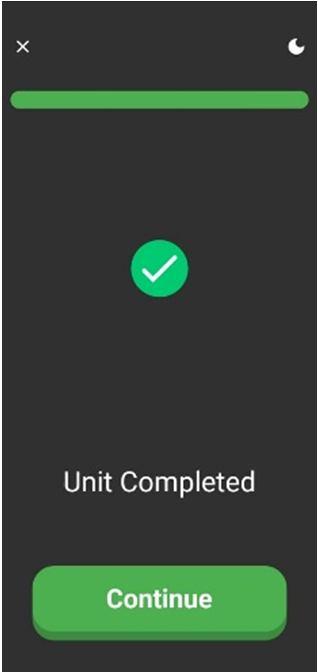
[7] "Mobile-Assisted Language Learning: A Review of Recent Applications" by G. B. Widyastuti and M. A. Nurcahyo (2020)
[8] "Using Mobile Learning to Enhance the Acquisition of a Second Language" by R. Xie and L. Ke (2019)
[9] "Development of a mobile-based language learning application for Indian languages" by Vivek Venkatesh, G. Sivakumar, and S. Sureshkumar.
[10] "Mobile language learning in India: A case study of English language learning using mobile phones among rural secondary school students" by Rakesh Mohan Joshi and Neena Agrawal


